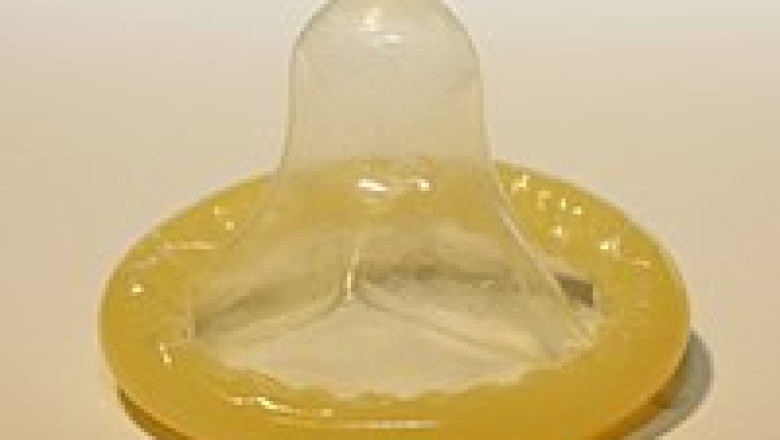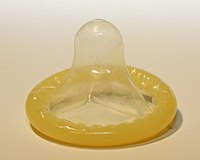views


Condoms, when used correctly and consistently, are highly effective in preventing pregnancy and reducing the risk of transmitting sexually transmitted infections (STIs), including HIV. However, it's important to note that no contraceptive method is 100% effective, and condoms are no exception. Here are some key points to consider regarding condom safety and effectiveness:
Effectiveness in Preventing Pregnancy: When used perfectly every time during sex, condoms are about 98% effective at preventing pregnancy. However, in real-life usage, the effectiveness can drop to about 85% due to incorrect or inconsistent use.
Protection Against STIs: Condoms are very effective at preventing STIs that are transmitted through bodily fluids, such as HIV, gonorrhea, and chlamydia. They are less effective against STIs that are spread through skin-to-skin contact, like human papillomavirus (HPV) or herpes, because they may not cover all infected areas.
Latex Allergies: Some people are allergic to latex, which is what most condoms are made from. For those with latex allergies, there are alternatives like polyurethane or polyisoprene condoms.
Proper Use is Crucial: The effectiveness of condoms greatly depends on using them correctly. This includes putting them on properly, using a new condom for each act of intercourse, and using a condom throughout the entire sexual act.
Lubrication: Using lubricant can help prevent condoms from breaking, but it's important to use the right type. Oil-based lubricants can weaken latex condoms and increase the chance of breakage. Water-based or silicone-based lubricants are safer options for latex condoms.
Storage and Expiry Dates: Condoms should be stored in a cool, dry place and checked for an expiration date. An expired or improperly stored condom is more likely to break.
Types of Condoms: There are many types of condoms available, including those with different shapes, sizes, textures, and flavors. It's important to find a type that fits well and is comfortable for both partners.
Non-Contraceptive Benefits: Besides preventing pregnancy and STIs, condoms can also help in regulating menstruation, managing pre-ejaculate, and reducing the risk of cervical cancer caused by HPV.
In conclusion, while condoms are a highly effective and safe method for preventing pregnancy and STIs, they are not infallible. Correct and consistent use is key to maximizing their effectiveness. It's also important for sexually active individuals to be informed about other methods of contraception and STI prevention, and to consider regular STI screenings as part of their sexual health routine.












Comments
0 comment